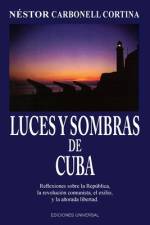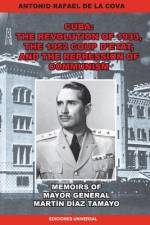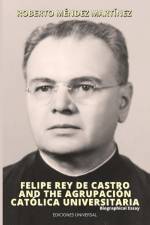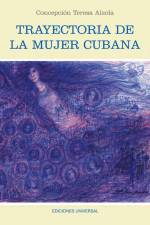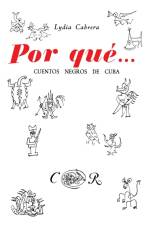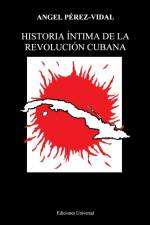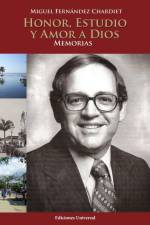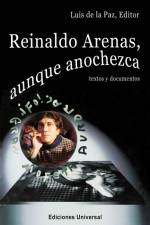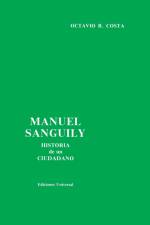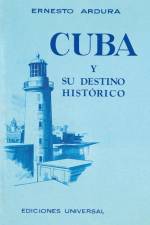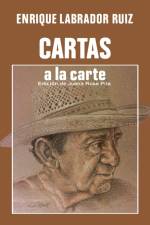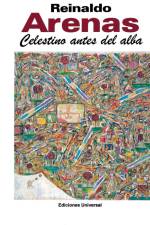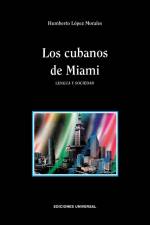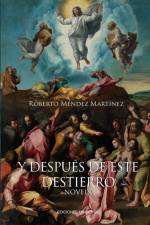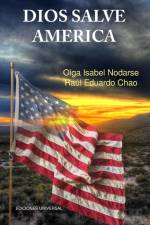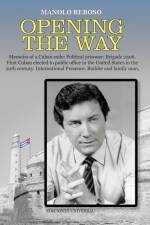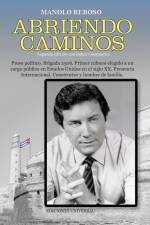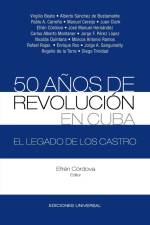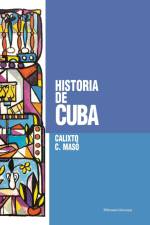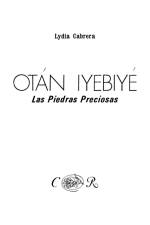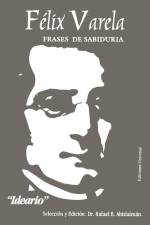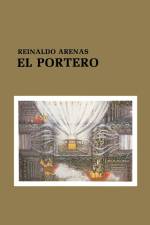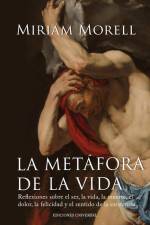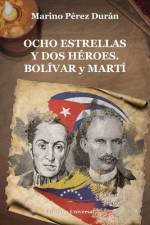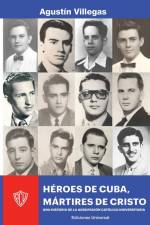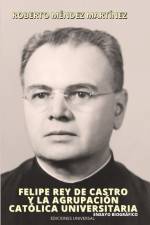av Alexis Ortiz
345,-
Alexis Ortiz es un escritor, periodista, político y consultor electoral. Con experiencia en Venezuela como diputado, alcalde, articulista de los principales diarios, director de revista, diario y emisora, dirigente estudiantil, vecinal y ambientalista, escritor sobre temas culturales y deportivos. Corresponsal de revistas en España, Francia e Inglaterra. Ha escrito 21 libros y mile de artículos de prensa, crónicas, reportajes, folletos y cuentos. Recibió por su labor, la Medalla del Congreso de Estados Unidos. En este libro escribe 99 reflexiones sobre figuras y hechos históricos importantes como Ángela Merkel, José Martí, Simón Bolívar, Miguel de Cervantes, Moshe Dayan, Winston Churchill, Teresa de Ávila (Santa Teresa de Jesús), Carlos Gardel, Sor Juana Inés de la Cruz, Cristiano Ronaldo, Derek Jeter, Teresa de Calcuta, Mario Moreno Cantinflas, Edith Piaf, Joan Manuel Serrat, Rómulo Betancourt, Carlos Andrés Pérez, Jorge Luis Borges, Lincoln, Einstein, Kissinger, Andrés Bello, Juárez, Luther King, Whitman, Adenauer, Miñoso y otros...********** Alexis Ortiz is a writer, journalist, politician and electoral consultant. With experience in Venezuela as a deputy, mayor, columnist for the main newspapers, magazine, newspaper and station director, student, neighborhood and environmental leader, writer on cultural and sports issues. Magazine correspondent in Spain, France and England. He has written 21 books and thousands of press articles, chronicles, reports, brochures and stories. He received the United States Congressional Medal for his work. In this book he writes 99 reflections on important historical figures and events such as Winston Churchill, José Martí, Carlos Gardel, Sor Juana Inés de la Cruz, Cristiano Ronaldo, Derek Jeter, Angela Merkel, Teresa of Calcutta, Mario Moreno Cantinflas, Edith Piaf, Moshe Dayan, Joan Manuel Serrat, Teresa of Ávila (Saint Teresa of Jesus), Romulo Betancourt, Carlos Andrés Pérez, Jorge Luis Borges, Lincoln, Einstein, Kissinger, Andrés Bello, Juárez, Luther King, Whitman, Adenauer, Miñoso and others...

